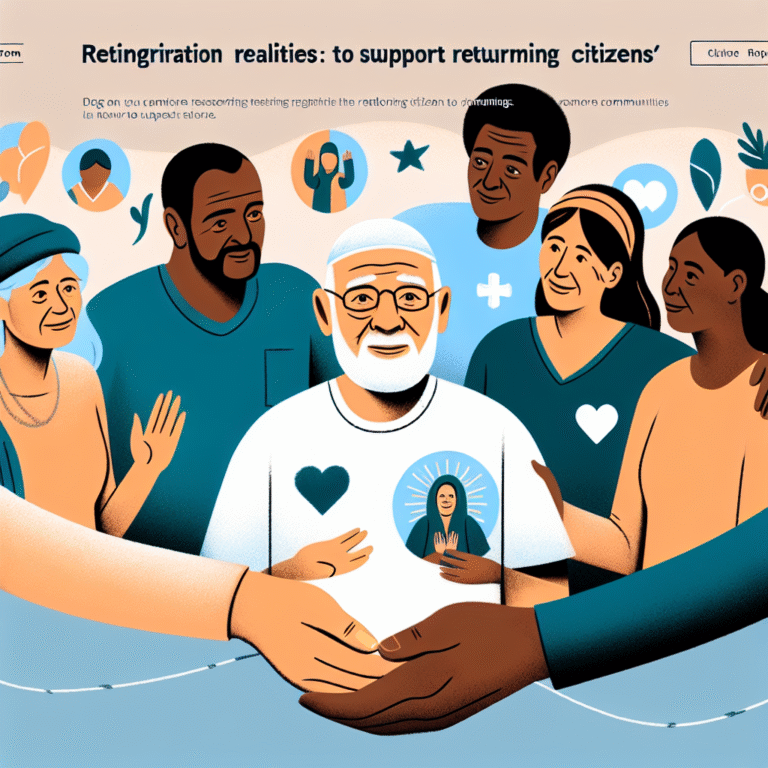
Introduction
In an era where the healthcare landscape is rapidly evolving, one critical issue consistently plagues medical professionals: treatment compliance. Millions of patients around the globe struggle to follow their prescribed treatment plans, leading to compromised health outcomes and increased healthcare costs. As practitioners and stakeholders search for solutions, the need for innovative strategies is more pronounced than ever. This article delves into "Beyond the Prescription: Innovative Approaches to Improve Treatment Compliance,” offering fresh perspectives and actionable insights that can transform the patient experience and ensure better adherence to treatment regimens.
The Compliance Conundrum
Understanding Treatment Compliance
What is Treatment Compliance?
Treatment compliance, or adherence, refers to how well patients follow the prescribed medical advice, including medication, lifestyle changes, and other therapeutic measures. Non-compliance can stem from various factors, including lack of awareness, financial challenges, and emotional distress.
The Implications of Non-Compliance
Non-compliance is not merely an administrative issue; it significantly impacts patient outcomes and healthcare systems. According to the World Health Organization (WHO), adherence to long-term therapies in developed countries averages about 50%. This low adherence rate can lead to:
- Increased hospitalization rates
- Deteriorating health status
- Heightened healthcare costs
Understanding the weight of these implications emphasizes the urgency to adopt new strategies in "Beyond the Prescription: Innovative Approaches to Improve Treatment Compliance."
Innovative Strategies to Enhance Compliance
1. Personalization and Patient-Centric Care
The Power of Personalization
A one-size-fits-all approach is often ineffective in managing patient health. Personalized treatment plans that consider individual preferences, lifestyle, and health conditions can enhance adherence.
Case Study: The My Diabetes Coach App
In a pilot program in the U.S., the My Diabetes Coach app delivered tailored content, reminders, and educational resources to diabetic patients. Participants reported a 37% increase in medication adherence after six months. This case exemplifies how personalization is pivotal in "Beyond the Prescription: Innovative Approaches to Improve Treatment Compliance."
2. Technological Integration
Leveraging Technology
Technology can serve as a bridge between patients and providers, simplifying communication and monitoring.
Wearables and Apps
Fitness trackers and health apps can remind patients to take their medications or adhere to treatment plans. According to a study from the Journal of Medical Internet Research, patients using wearables displayed a 30% higher adherence rate compared to those not using them.
Telehealth Solutions
Remote consultations provide easy access to healthcare professionals, addressing patient queries and concerns promptly. This approach not only reinforces treatment adherence but also fosters a sense of accountability.
3. Behavioral Insights
Understanding Behavior
Understanding behavioral factors influencing compliance can lead to the development of targeted strategies. Behavioral economics principles can encourage patients to take charge of their health.
Case Study: The ‘Nudge’ Experiment
In a study conducted at a hospital in California, a reminder system was implemented that nudged patients via SMS to take their medications. The result was a 22% improvement in compliance rates, proving the efficacy of nudging as one of the innovative approaches to enhance treatment compliance.
4. Community Support and Peer Influence
Building a Support Network
Creating a supportive community can bolster a patient’s resolve to stick to their treatment plans.
Case Study: The Cancer Support Group
In a community oncology treatment center, a peer support group was established where cancer patients shared their experiences and coping strategies. Post-group surveys indicated that 40% of participants felt more motivated to adhere to their treatment plans, demonstrating the impact of community support on compliance.
5. Educational Outreach
Educating the Patient
Empowerment through education can dismantle barriers to compliance. Patients who understand their health conditions and treatment plans are more likely to adhere.
Workshops and Seminars
Interactive workshops that clarify the importance of treatment adherence can be highly effective. For instance, a respiratory clinic in New York increased compliance rates by hosting bi-annual seminars focused on asthma management, which included practical demonstrations on using inhalers properly.
6. Incentives and Gamification
Rewarding Compliance
Incentive programs and gamification techniques can motivate patients to adhere to prescribed treatment plans.
Case Study: The Medication Adherence App
A mobile application offering rewards for medication adherence significantly boosted engagement. Patients could earn points redeemable for tangible rewards, resulting in a 50% increase in medication adherence.
7. Care Transition Management
Addressing the Critical Transition Phase
Transitions in care—such as moving from hospital to home—can be precarious. Effective management during these transitions can drastically improve treatment compliance.
Case Study: The Transitional Care Model
One healthcare system implemented a transitional care model involving home visits by nurses post-discharge. They achieved a remarkable reduction in readmission rates by 30%, showcasing the importance of managed transitions as one of the key innovative approaches to improve treatment compliance.
Data and Trends Illustrating Compliance Challenges
| Factors Influencing Compliance | Adherence Rates (%) |
|---|---|
| Lack of understanding | 35 |
| Financial issues | 25 |
| Side effects | 20 |
| Forgetfulness | 40 |
| Emotional distress | 15 |
Trends in Patient Compliance
Recent studies indicate a shift in patient demographics, including an increase in the aging population and chronic illnesses. This emphasizes the need for the innovative approaches mentioned above, making the keywords "Beyond the Prescription: Innovative Approaches to Improve Treatment Compliance" increasingly relevant.
Conclusion
Improving treatment compliance isn’t just about increasing numbers—it’s about enhancing lives. The journey "Beyond the Prescription: Innovative Approaches to Improve Treatment Compliance" illustrates the importance of adopting diverse strategies tailored to patient needs. By integrating technology, community support, personalized care, and educational outreach, healthcare professionals can bridge the gap between intention and action in treatment adherence.
As we look to the future of healthcare, the focus on innovative compliance strategies can lead to better patient outcomes and a more effective healthcare system. Every healthcare professional has a role to play; together, we can move towards a world where treatment compliance is not just an aspiration, but a reality.
FAQs
1. What are the main reasons for poor treatment compliance?
Poor treatment compliance can be attributed to several factors, including lack of understanding of the treatment, financial barriers, forgetfulness, and emotional issues.
2. How can technology improve treatment compliance?
Technology can enhance treatment compliance through reminders, educational resources, and remote consultations, offering easier access to healthcare support.
3. Are there proven programs that enhance medication adherence?
Yes, programs like mobile apps that gamify adherence and peer support groups have shown significant improvements in medication adherence rates.
4. How can healthcare providers support patients struggling with compliance?
Healthcare providers can enhance support by offering personalized care plans, educational resources, regular follow-ups, and community engagement initiatives.
5. What role does patient education play in adherence?
Patient education is crucial; understanding their health conditions and the importance of treatment can empower patients and improve adherence rates.
By addressing these common concerns, we hope to provide clarity and encourage a proactive approach to treatment compliance. The journey towards effective healthcare is ongoing, but with innovative strategies, it can be a shared success.


















